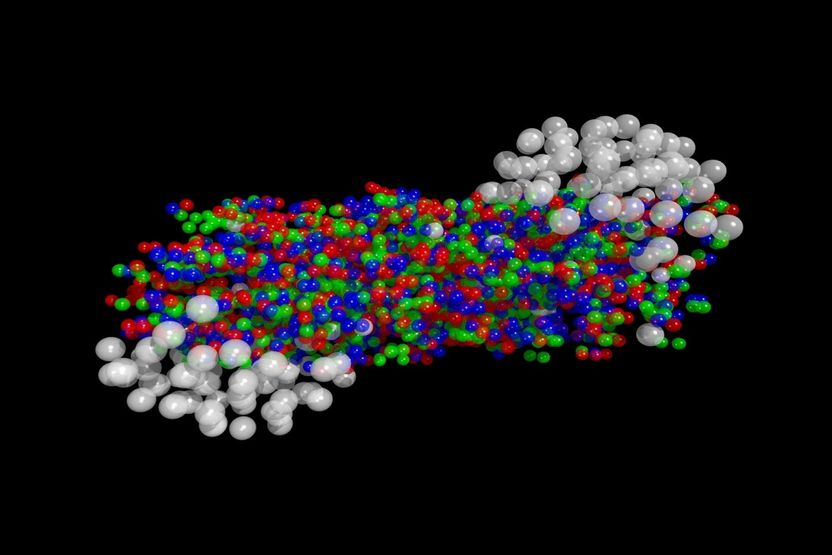Formation of nanoparticles can now be studied molecule-by-molecule
A study combines the cycles of sulphur, nitrogen and carbon in the ecosystem, as it shows that the molecular clusters need sulphuric acid, amines and oxygenated organics for growth. When the clusters reach a size of 1.5-2 nm, their growth increases considerably. The measurements were conducted at the University of Helsinki SMEAR II (Station for Measuring Forest Ecosystem-Atmosphere Relations) measurement station in Hyytiälä, southern Finland, which is among the most comprehensive stations in the world for atmosphere and biosphere research.
During the last five years, the researchers at the University of Helsinki Physics Department have developed a Particle Size Magnifier (PSM), which is the first particle counter able to detect clusters and particles as small as 1 nm in diameter. The instrument is commercially available through the spin-off company Airmodus. The scientists have also put effort into developing mass spectrometric methods for measuring the composition of the recently born clusters. The results in this study would not have been achieved without this technical development.
Professor Kulmala predicted the existence of neutral molecular clusters already in the year 2000 and their growth mechanisms in 2004.
He says: "Years of systematical research are now bearing fruit. My theoretical predictions have been proven to reflect the reality."
He stresses that knowledge of the formation and growth mechanisms of nanoparticles is needed for understanding the interactions within the climate system. Assessing the global impact requires an extensive data bank and a world-wide observation network.
Most read news
Other news from the department science

Get the chemical industry in your inbox
By submitting this form you agree that LUMITOS AG will send you the newsletter(s) selected above by email. Your data will not be passed on to third parties. Your data will be stored and processed in accordance with our data protection regulations. LUMITOS may contact you by email for the purpose of advertising or market and opinion surveys. You can revoke your consent at any time without giving reasons to LUMITOS AG, Ernst-Augustin-Str. 2, 12489 Berlin, Germany or by e-mail at revoke@lumitos.com with effect for the future. In addition, each email contains a link to unsubscribe from the corresponding newsletter.
Most read news
More news from our other portals
See the theme worlds for related content
Topic World Mass Spectrometry
Mass spectrometry enables us to detect and identify molecules and reveal their structure. Whether in chemistry, biochemistry or forensics - mass spectrometry opens up unexpected insights into the composition of our world. Immerse yourself in the fascinating world of mass spectrometry!

Topic World Mass Spectrometry
Mass spectrometry enables us to detect and identify molecules and reveal their structure. Whether in chemistry, biochemistry or forensics - mass spectrometry opens up unexpected insights into the composition of our world. Immerse yourself in the fascinating world of mass spectrometry!
Last viewed contents
Tetraselmis_chui
Datura_stramonium
Prickle_(protein)
Spruce-fir_moss_spider
Category:HLA-DR_haplotypes
HLA-DR1
HLA-DR51

A Step on the Way to Solid-State Batteries - No sintering required: low-temperature synthesis of lithium ceramic for batteries
Rattling ions limit heat flow in materials used to reduce carbon emissions
HLA-DR13


























































